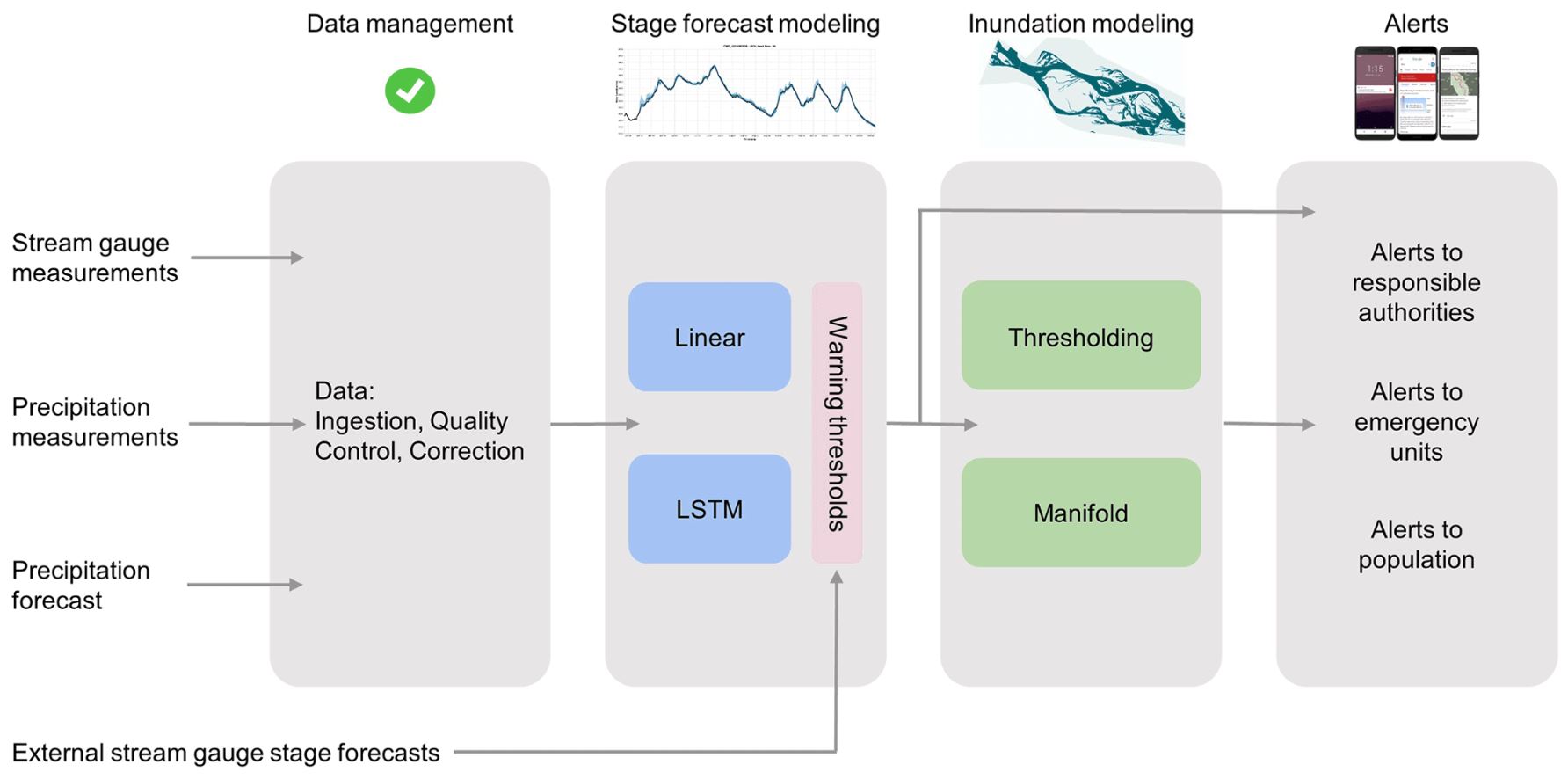 The East Coast has faced an unsettling spike in floods—sometimes far from the usual coastal areas—as hurricanes grow increasingly powerful. If you’ve ever been caught off guard by rising waters, you’ll understand why a dependable prediction model matters.
The East Coast has faced an unsettling spike in floods—sometimes far from the usual coastal areas—as hurricanes grow increasingly powerful. If you’ve ever been caught off guard by rising waters, you’ll understand why a dependable prediction model matters.
Researchers at Virginia Tech, alongside experts in Belgium, have been busy analysing nearly 40 years of hurricane data (starting in 1981) using a deep learning model that spots flood-prone spots with impressive accuracy. David Munoz, an assistant professor at Virginia Tech, puts it plainly: “Our model is super accurate. It matches conventional models and can predict extreme water levels in minutes.”
By leveraging data from the National Hurricane Center, the team’s approach turns sparse historical data into a strength, borrowing insights from regions with similar climates. Munoz is confident that as storms become more frequent, the model’s forecasts will only get better. He explains, “It’s like a statistical approach—more events mean sharper predictions for new ones.”
The goal is to empower communities with timely warnings—potentially hours or even days ahead of a storm’s hit—so that even areas hundreds of miles away can prepare effectively. Munoz envisions this tool eventually serving the entire Chesapeake Bay region, offering a practical way to stay one step ahead of nature’s surprises.








